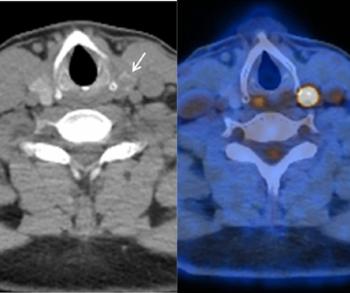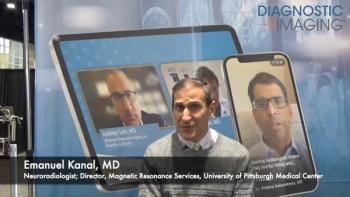
Tort reform missing: $100 billion reward if found
There has been considerable debate concerning President Obama’s healthcare reform initiative despite widespread agreement the U.S. healthcare system is in need of a significant and comprehensive overhaul.
There has been considerable debate concerning President Obama's healthcare reform initiative despite widespread agreement the U.S. healthcare system is in need of a significant and comprehensive overhaul. President Obama's goal to reduce long-term growth of health care costs is one of the most important features of any proposed legislation, but the president and his Democratic party have uniformly overlooked a critical component of comprehensive and cost-conscious health care reform–tort reform.
For anyone not familiar with the term ‘tort reform,' it refers to proposed changes in the civil justice system that would reduce tort litigation or damages. Tort is a system for compensating wrongs and harm done by one party to another's person, which includes medical malpractice. The costs of medical malpractice and defensive medicine contribute significantly to the staggering amount of money this country spends on health care, estimated at $2.4 trillion annually.
A study by Kessler and McClellan published in 1996 evaluated the impact of defensive medicine attributable to lawsuits. They examined the cost of treating hospitalized heart patients in states that have caps on damage awards and other restrictions on malpractice suits compared to the costs of treating similar patients in states without litigation restrictions. Their conclusion: malpractice reforms that directly reduce provider liability pressure lead to reductions of 5% to 9% in medical expenditures without substantial effects on mortality or medical complications.
In 2004,
The idea tort reform could result in significant financial savings for the American healthcare system is supported by multiple large-scale studies assessing the affect of state-level tort reforms enacted in the 1980s. The
Most physicians are well aware of how the absence of meaningful tort reform can affect the practice of medicine. The skyrocketing cost of malpractice premiums in the field of obstetrics over the last decade has forced many obstetricians to
It was President Obama himself who said, "Anyone who denies there is a crisis in medical malpractice is probably a trial lawyer," during the
While many differing opinions and explanations exist, I prefer to start with campaign contributions.
According to the
While tort reform is not the answer to all of our healthcare-related spending problems, it is a significant issue that can't be ignored any longer if this country is going to embrace true healthcare reform. It is time to let our representatives, senators and president know healthcare reform is not comprehensive unless it includes meaningful tort reform.
Newsletter
Stay at the forefront of radiology with the Diagnostic Imaging newsletter, delivering the latest news, clinical insights, and imaging advancements for today’s radiologists.




























